Asparagus pinnate: noble unpretentiousness
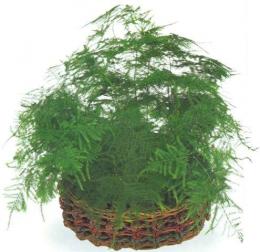
This plant has been familiar to everyone since childhood. And even if someone has not heard its name, everyone knows the plant itself as a fluffy decoration for bouquet arrangements. It’s just that pinnate asparagus is better known to us as chilli, asparagus or bridesmaid tree.
Content:
- Features of growth and development
- Care, reproduction and transplantation
- Where is the plant appropriate?
Features of growth and development
Asparagus plumosus (pinnate) is a subshrub of the Asparagus or Asparagus family. The plant's homeland is the tropical countries of America, Africa and Asia.
Like many other representatives of asparagus, this species grows without leaves in the usual sense. Instead, the stems are strewn with flat, needle-shaped branches, in the axils of which there are miniature brown leaves about half a centimeter long. They are triangular in shape and resemble scales.
The modified branches look like thin leaves and are collected in bunches of 5-12 stems. The diameter of such a thread is less than half a millimeter, and the length is up to one and a half centimeters. Each branch is slightly curved and light green. These light threads make the plant look like an openwork fluffy cloud.
Asparagus has tiny single white flowersThey have a regular shape and appear from the axil of the leaf. This plant has a horizontal rhizome. It produces vertical shoots that perform the function of photosynthesis.
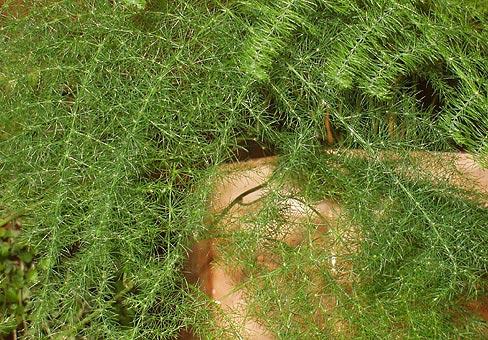
After the flower comes the fruit blue-black berry. Each of them contains no more than 1-3 large seeds with a rough dark crust, under which the horny protein and a small embryo are hidden. It should be remembered that these fruits are poisonous!
The development period of asparagus can be divided into several stages:
- Initial, when the embryos of the organs of the future sprout are formed in a bud hidden underground.
- The second stage, when the shoot lengthens without the development of new organs.
- The main stage with full growth and development of all plant organs.
Asparagus, unlike other plants, is difficult to pruning. After this procedure, the shoot stops growing. The preparation of the embryos begins again in the rhizome, which an inexperienced gardener may perceive as the death of the plant. But he should be patient to make sure that pruning the shoots only rejuvenates the plant.
It is believed that one asparagus bush can protect a medium-sized room from negative energy, neutralizing and preventing its accumulation. Therefore, experts try to be sure to place this indoor plant in their home.
Care, transplantation and reproduction
Cirrus asparagus is quite unpretentious to external conditions. It develops normally in partial shade, although, of course, it loves a lot of light.
For it, as for most indoor plants, the western, eastern and even northern side of the apartment is suitable. But southern windows are not very comfortable for asparagus. If there is no choice, then on the south side it needs to be artificially shaded to protect it from direct rays of the sun.
The composition of the soil for pinnate asparagus does not play a special role. But better give preference to this mixture (in equal quantities):
- Sod soil
- Deciduous soil
- Peat
- Sand
Asparagus is not picky about watering either. Although it is better if it is moderate.If overdrying is not very long-term, the plant will withstand it. In summer, the soil needs to be moistened more abundantly. And in the winter months, it is generally not advisable to water asparagus too often.

Asparagus pinnate is not too susceptible to temperature changes. The plant is most comfortable in the range of 18-250. A temperature drop below 15 degrees is undesirable for him. And asparagus can easily withstand heat of 320 and even higher with sufficient watering.
The plant’s overall resistance to diseases does not let it down either: if it is not watered until it rots and is not dried out, then it is not afraid of any illnesses. However, asparagus may be subject to aphid attacks and scale insects. Young plants are especially susceptible to them.
Since pinnate asparagus gains volume very quickly, it should be replanted annually. Any time is suitable for this, but spring is best. During transplantation, the bush can be divided. This is the easiest way to propagate this plant.
You can also sow asparagus with seeds collected from the berries. They are formed in place of the flowers of adult plants.
Where is the plant appropriate?
Feathery asparagus feels great in compositions with other indoor plants. Therefore, it is indispensable when creating indoor oases, and its lush branches - when making bouquets.
Asparagus lashes reach a height of about one and a half meters. If you need their vertical direction, you will need to install a special support. But many gardeners take advantage of this picturesque flexibility of thin stems, hanging asparagus in a beautiful pot and growing it as an hanging plant.
Asparagus pinnate can often be found in offices, corridors and even entryways.After all, such an unpretentious plant readily lends itself to the most basic care - both for a busy person and a novice gardener.
Learn more about asparagus from this educational video:
Interesting information about the vegetable garden

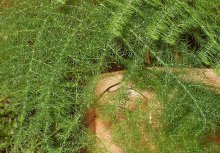

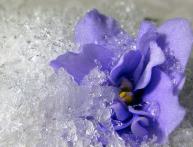
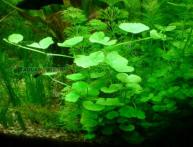
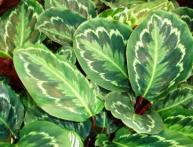
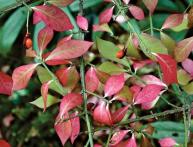


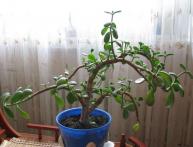

Comments
I would not say that asparagus is not whimsical. In practice this is not the case at all. As soon as it senses the heat and you don’t have time to water, it immediately begins to turn yellow and shed its “foliage.” And when planting, it is worth fertilizing the soil. There is a lot of sand mixed at the bottom.